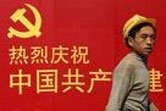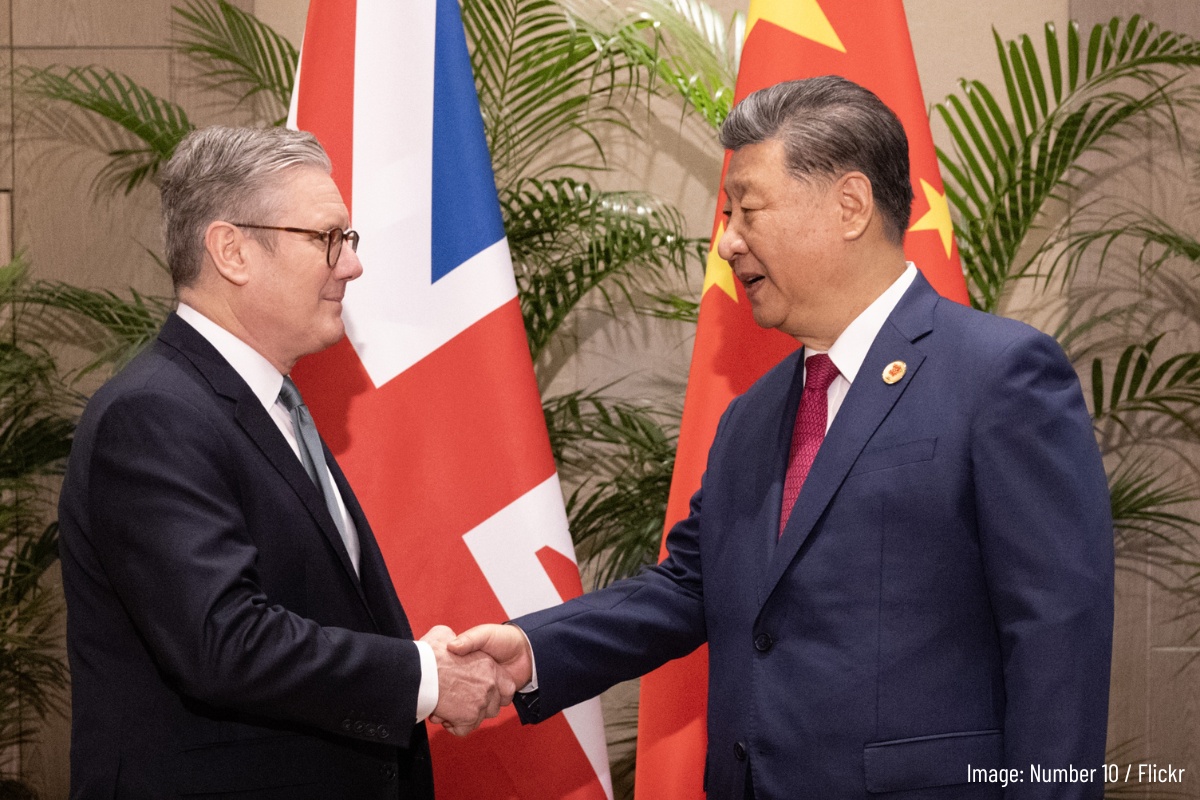China’s urbanization process has
reached a critical juncture. Inequality between town and country is producing
explosive revolts surrounding the cities. The problem of how to contain these
revolts is at the core of policy making and is reflected in conflicts inside
the Central Committee of the ruling Communist Party.
The latest pronouncement on
agricultural reform is intended to lower the income gap between town and
country and double the yearly income of peasants from $600 US to $1200 by 2020.
This is to be carried out by increased spending on public infrastructure,
social security, pensions, medical care and education
in the rural areas. The proposals include the provision to extend land use
rights to the peasants from 30 to 70 years and make them legally tradable.
Following the Central Committee meeting which was said to have approved this
move, an announcement was released which
barely mentioned the reform. Some days passed before the details were released,
indicating that a split opened up in the Central Committee.
The Xinhua news agency confirmed
this, "When the document was drafted,
some have argued that the new policy might create a few landlords and landless
farmers who will have no means for a living. And arable lands to be used for
non-farming purposes, might threaten the country’s food safety. To ease such
fears, the CPC Central Committee also provided in the document that the country
would carry out "the most stringent farmland protection system" and
urged local authorities to firmly safeguard the 1.8 billion mu (120 million
hectares) minimum farmland set line." 19 Oct 2008
Cash from the sale of land rights is
supposed to facilitate urbanization. The peasants who sell their land use
rights, will have money to move to the cities as workers or petty traders. The
land rights transferred to companies and
state entities will then be developed both as extensions to urban expansion and
as industrial agriculture. The state seeks to emulate infrastructural
development of the east coast creating hundreds of intermediate size cities in interior
provinces to cater for approximately 10 million new migrants a year.
The background to this is that rural
rebellions have escalated over recent years. Yu Jianrong director of the Rural
Development Institute’s Social Issues Research Center at the Chinese Academy of
Social Sciences gave explicit warnings to the Chinese leadership of a revolutionary crisis developing in
the countryside and new proletarian zones in the interior provinces.
"In the next decade or two,
China will likely enter a period of frequent social conflict. Peasants are
likely to join hands with workers and members of the lower intellectual class
and confront the elitist alliance that dominated society, creating political,
economic and social upheaval in China. To prevent social unrest from triggering
a revolution, it is imperative to address issues of social injustice as well as
create the effective channels for their expression." China Security Spring 2007 p3
Land requisition has been the
primary source of rural conflicts in recent years. In areas surrounding the
expanding cities, government land seizures for urban development are carried
out with scant regard for the formal legal rights of the peasants, and with compensation below market rates. Local
governments in much of China seize land simply for its potential as a revenue
source, from rental or leasing to industrial or real estate groups.
Village level cadres often find
themselves fighting alongside peasants and rural workers in fierce battles,
against municipal and county governments, real estate developers and
administrators of development zones. These conflicts have been prevalent in
more developed regions where land use prices are high. Protests have changed
form, from appeals to higher authorities, to “demonstrations, parades, or other
forms of civil disruption including sit-ins at the door step of government buildings or on high ways
and railways to obstruct the flow of key transportation." (ibid p7) Violent
reaction by local governments have exacerbated the conflicts.
"Leaders are feeling the heat
from these peasant activities and have begun to adjust policies to accommodate
their demands. This change is not due to a sudden moral awareness or compassion
for the miserable plight of the peasants. Rather, it is because peasants’
direct confrontation of local governments has shaken the foundations of governance
of this nation." (ibid p8) In Hunan province demobilized and retired
soldiers formed a 100,000 strong "anti-corruption brigade" of laid off workers, poor peasants
and lower class intellectuals. Yu Jianrong postulates that the 20 million
former soldiers who live in rural areas may coalesce into a revolutionary
leadership in the interior.
The Congress of the All China
Federation of Trade Unions this week announced that membership has reached 209
million, 9 million above their target for September and an increase of 16
million since January 2008. A third of all migrant workers, 67
million, have joined the union.
Though state controlled, demands are
growing that the Union take more militant action, Labour disputes have been
rising 20 per cent a year in recent years, reaching 410,000 disputes last year.
Following the introduction of the new Labour Law in January 2008, many
thousands ofexport oriented companies closed
down, or moved to where the labour is cheaper, e.g. Bangladesh, India or
Thailand. Now that many export markets are frozen, factory closures are
accelerating. At the Hong Kong owned toy maker, Smart Union in Guangdong
province, thousands of workers lost their jobs last week, when the bosses shut
shop and ran away. Thousands of angry workers
have been gathering outside the township government demanding that it pay their
back wages, even though the company is a privately owned company. The way that
local governments create joint ventures, take rental revenue, sell land use rights and enrich themselves by
deals with private companies make government agencies the natural target of the
workers whose bosses flee the country.






